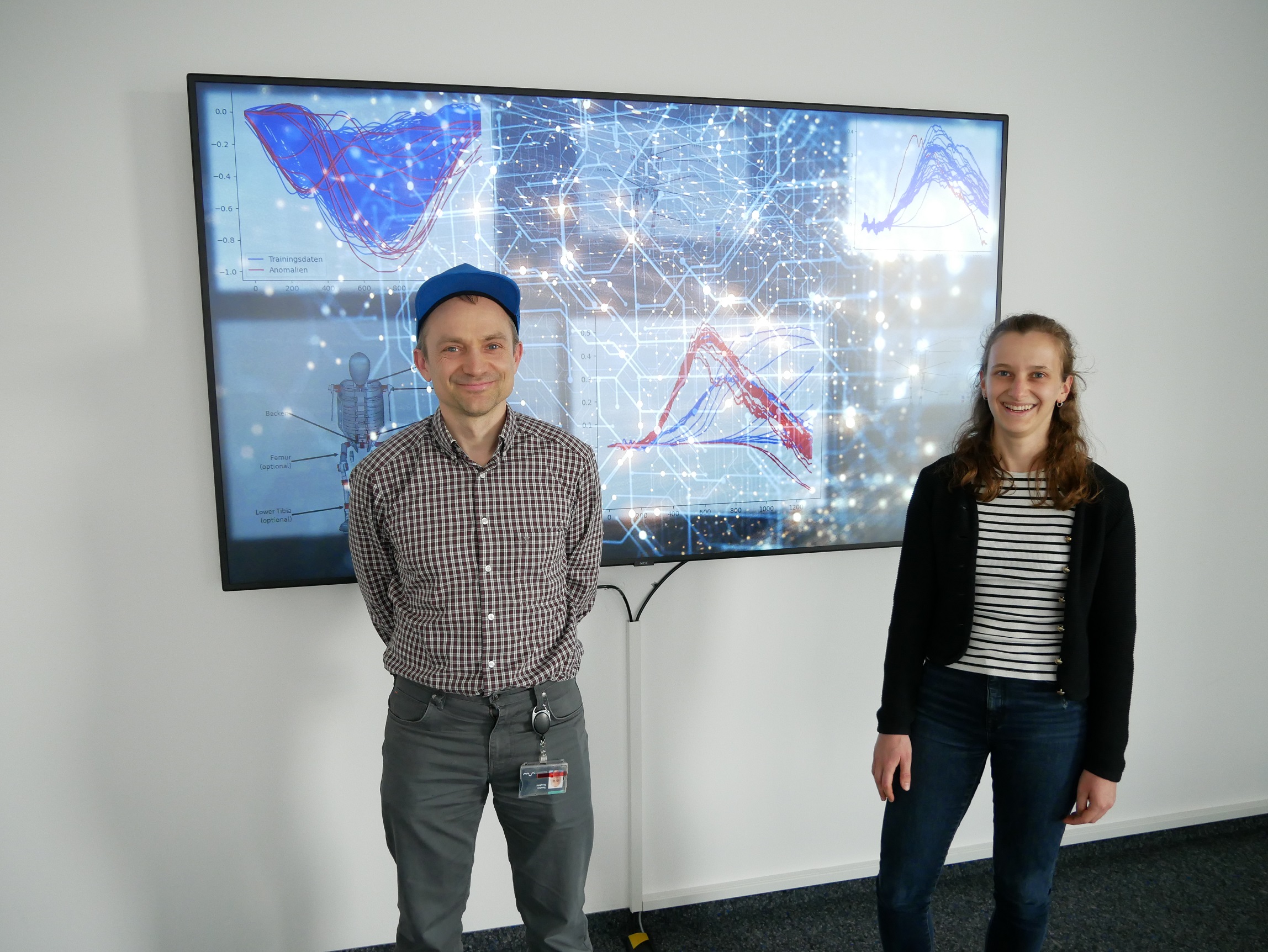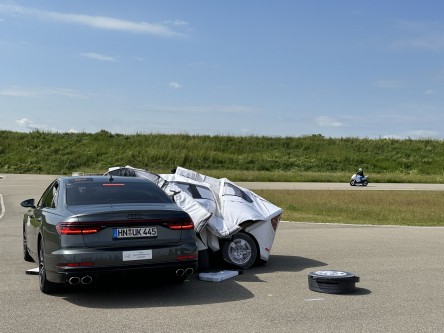“My job was to collect error profiles from sensors and their possible causes. I then took these data as a basis and developed a chain of analysis to detect patterns in the signal flow graphs using data science methods and mathematical rules,” explained Franziska. “The team was really supportive in terms of providing data, for example, and when analysing the curves I also gained a lot of insight into the work my colleagues do on a daily basis,” she continued.
The use of AI really speeds up the plausibility checks on the signal flow graphs and allows PSW to examine a wider range of error types at once. “The data received by our team have already undergone detailed checks and the faulty curves are highlighted. This saves us time and we can systematically identify defective sensors and replace them straight away before the next test is carried out,” said a delighted Torsten Treufeld, side impact protection expert and supervisor of Franziska’s thesis.
Franziska has since graduated but continues to assist the “Full-Width Frontal Crash & Side Impact Protection Development” team at PSW and is now permanently employed as a design engineer in the section working on the development of side impact protection.


